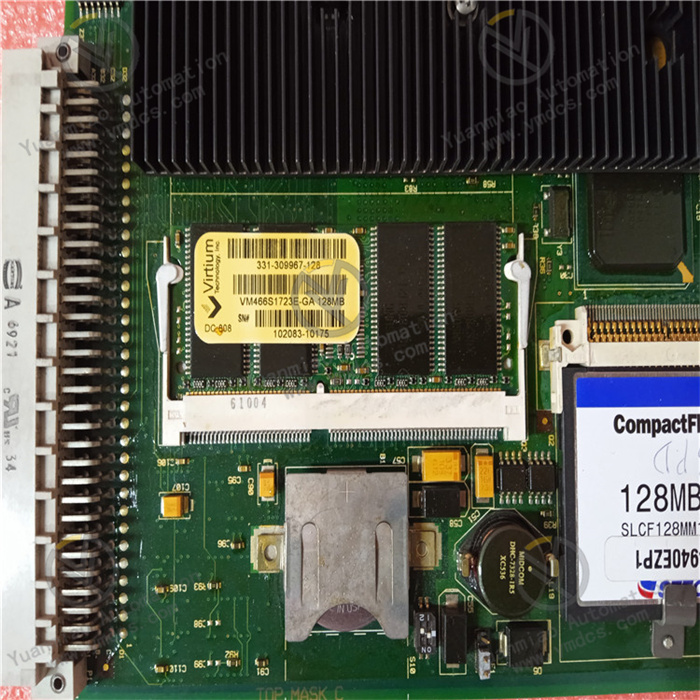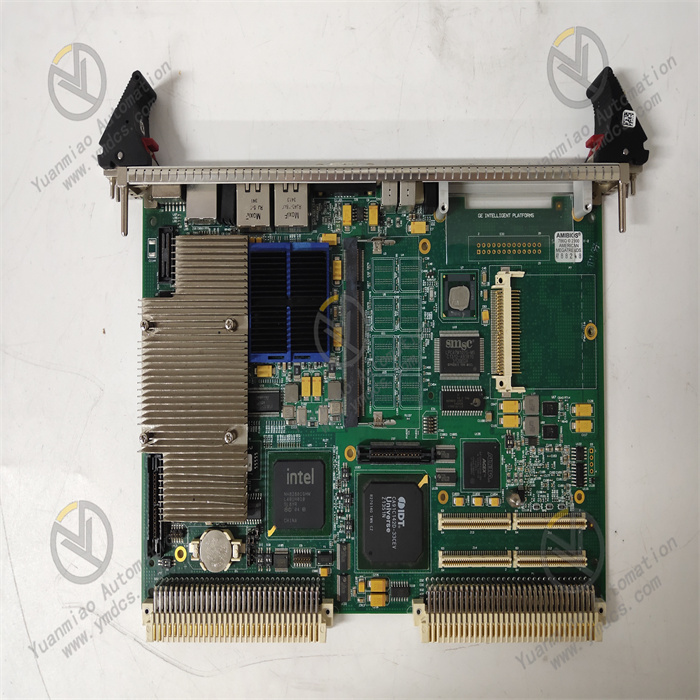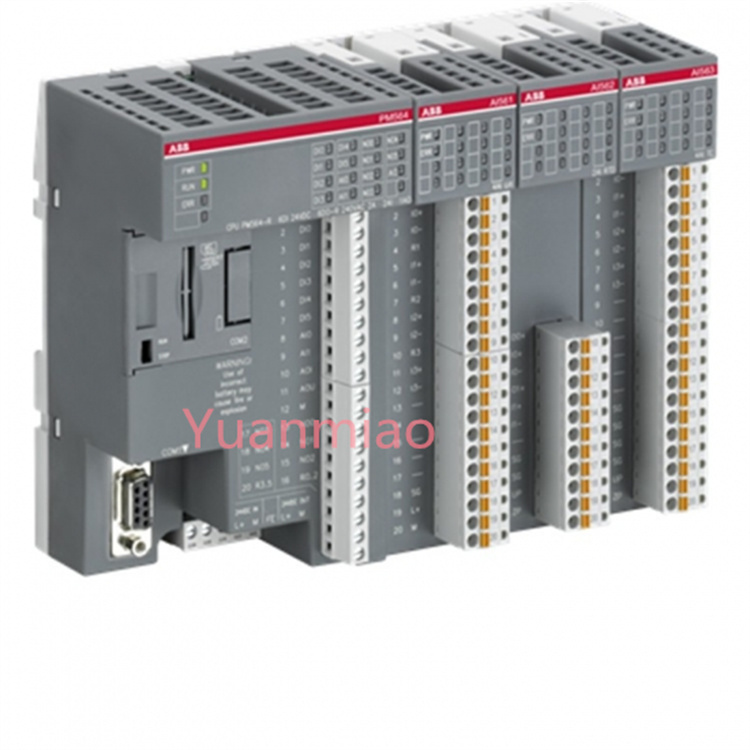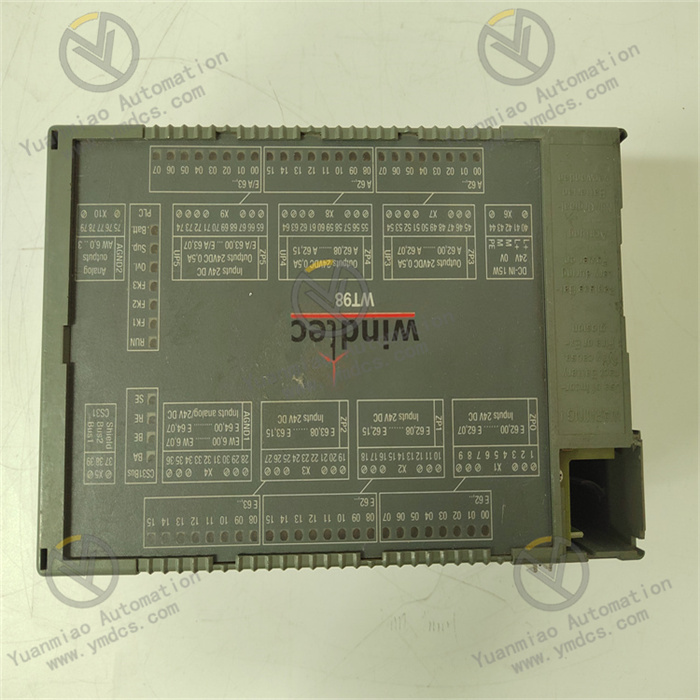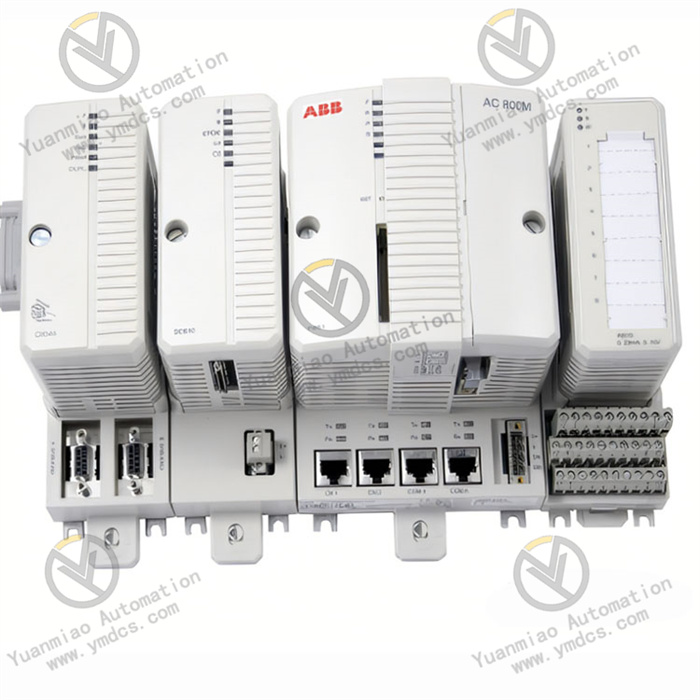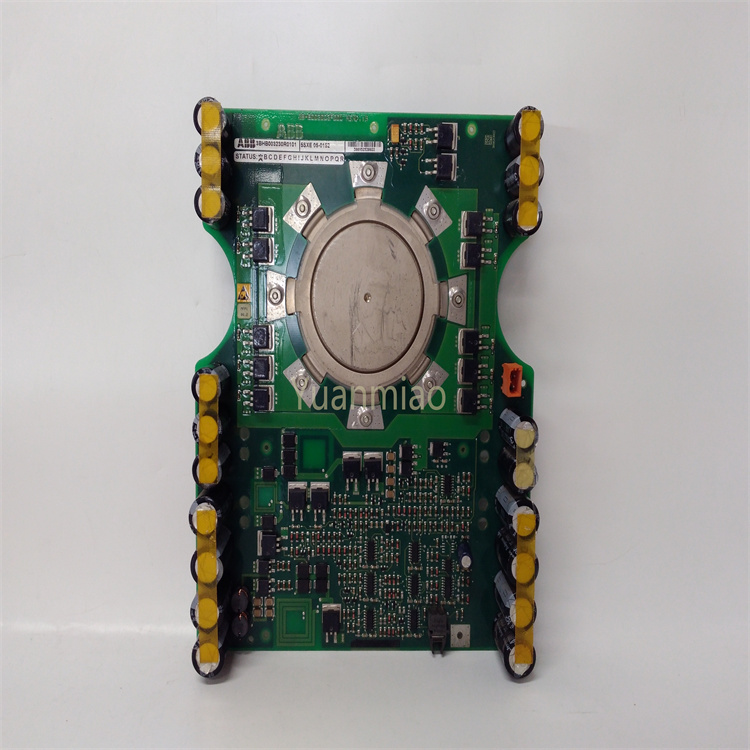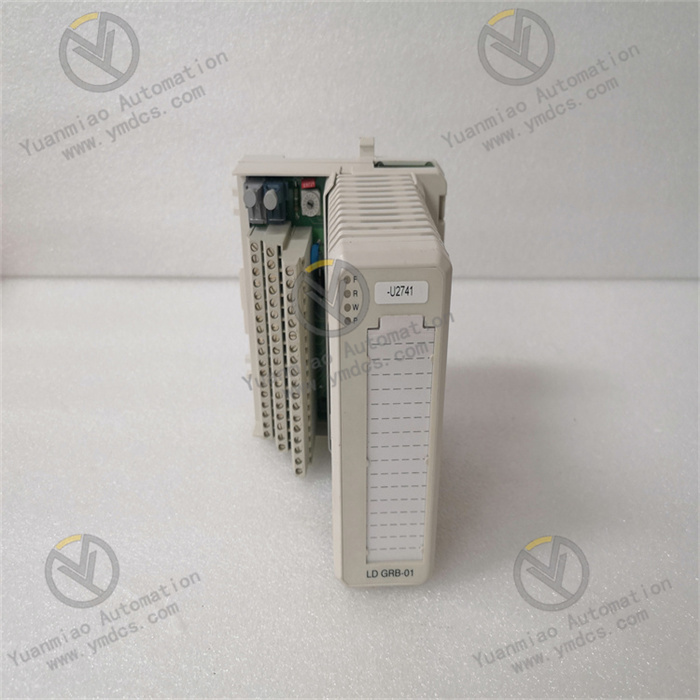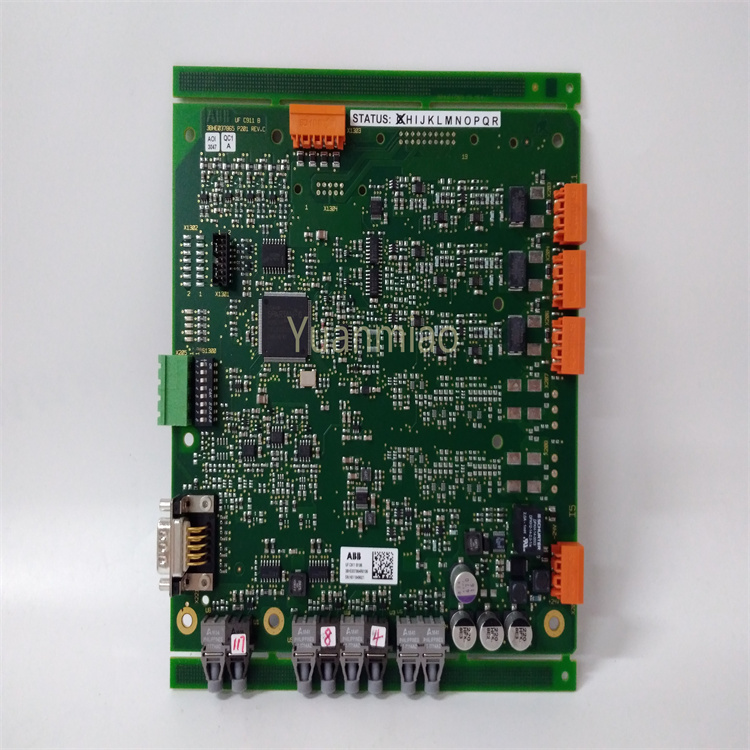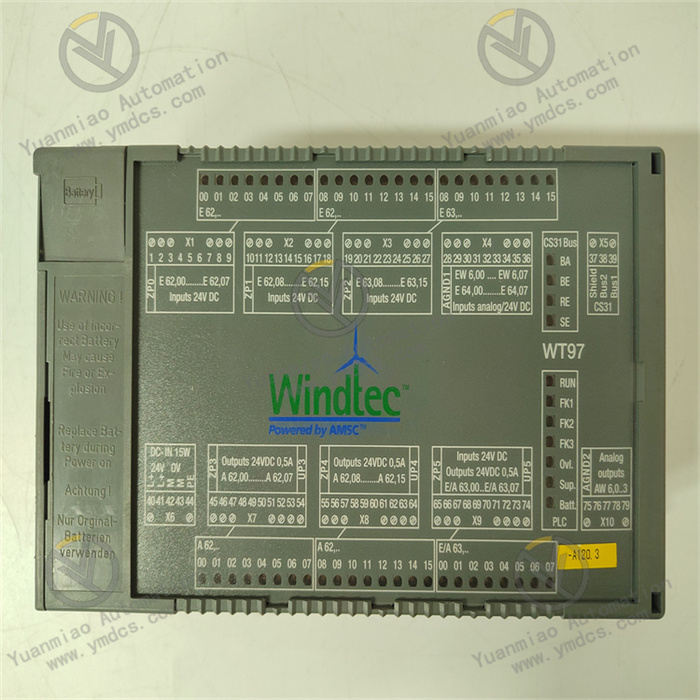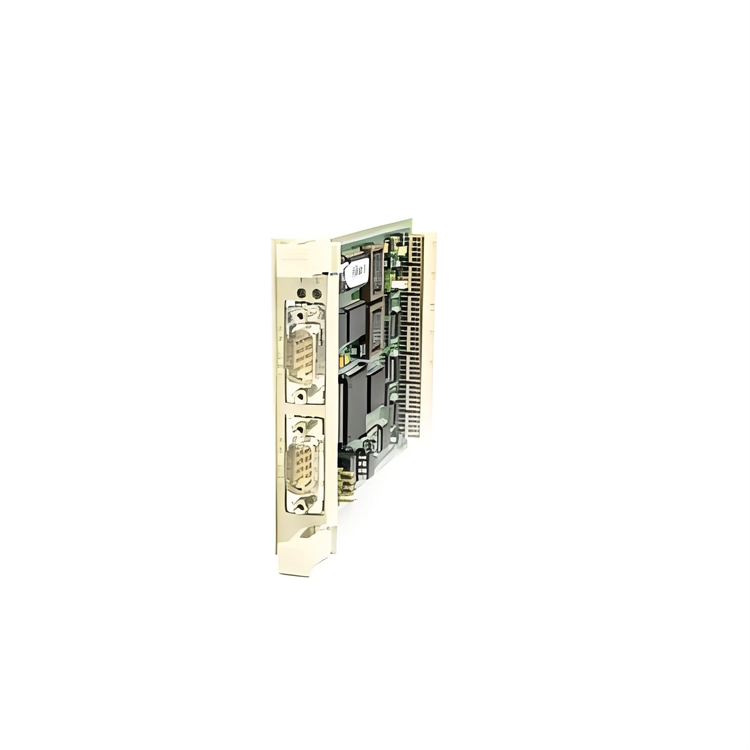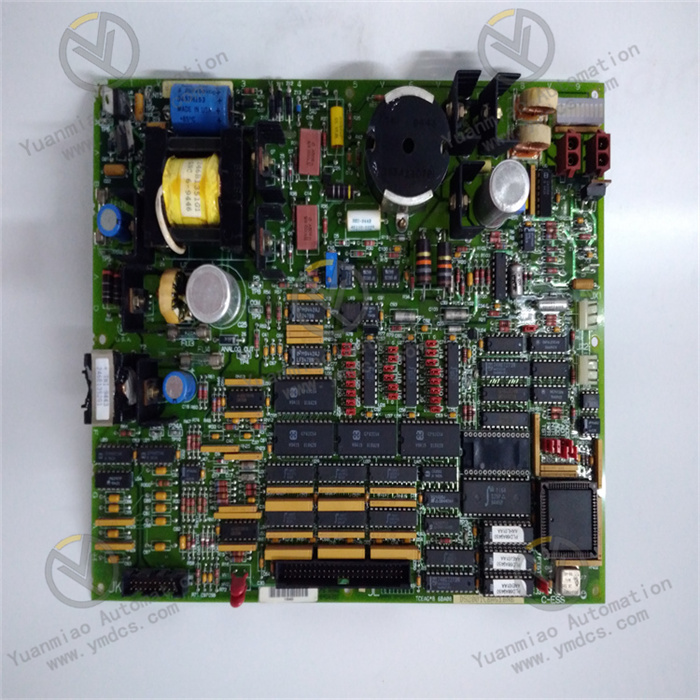Description
VMIVME-7666-111000/350-017666-111000 C
I. Overview
The Abaco Systems VMIVME-7666-111000/350-017666-111000 C is a high-performance Single-Board Computer (SBC) designed based on the VME (VersaModule Eurocard) bus architecture. It is widely applied in fields with high reliability requirements, such as aerospace, defense, and industrial automation. The VME bus is renowned for its modular design, high data transmission stability, and strong expandability. Relying on this architecture, the product integrates advanced processor technology and rich functional modules, serving as the core computing unit of complex control systems. It undertakes key tasks such as data processing, communication control, and task scheduling, providing stable and reliable computing support for various industrial and scientific research systems. It plays an indispensable role in both flight control data processing in aerospace and real-time monitoring and control in industrial automation production lines.
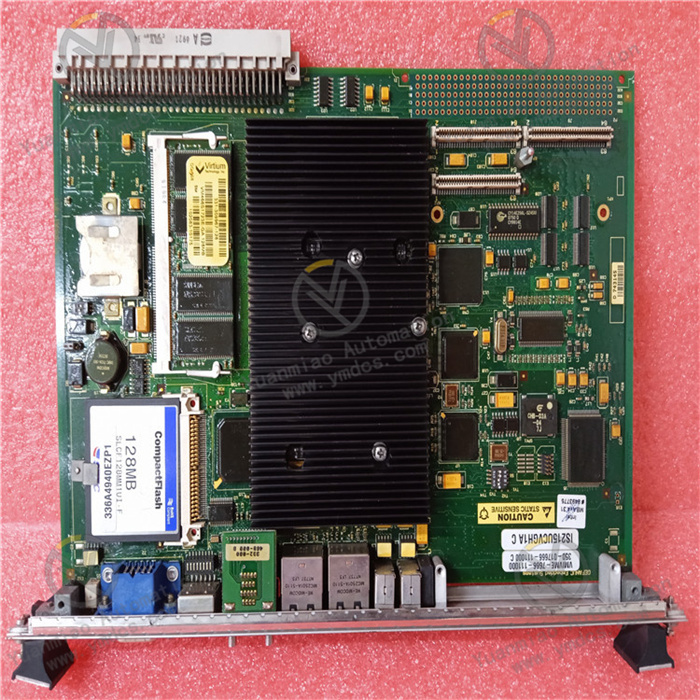
II. Functional Features
- Excellent Computing Performance: Equipped with high-performance multi-core processors, it has powerful computing capabilities and multi-threading processing technology, enabling rapid response to complex algorithms and processing of massive data. In scenarios with extremely high real-time requirements, such as aerospace navigation calculations or high-speed signal analysis in industrial automation, it ensures the efficiency and accuracy of data processing.
- Diverse Interface Configuration: Equipped with multiple standard communication interfaces, such as Ethernet, serial ports, USB, and PCIe interfaces. The Ethernet interface supports high-speed network communication, facilitating data exchange and remote monitoring between devices; serial ports are compatible with various traditional devices and sensors to meet communication needs of different devices; PCIe interfaces support the expansion of high-performance functional modules, such as data acquisition cards and graphics processing cards, significantly enhancing system functionality, expandability, and compatibility.
- Reliable VME Bus Architecture: Based on the mature and stable VME bus standard, it ensures stable and high-speed data transmission with other VME modules. Its robust mechanical structure design gives the product good seismic and impact resistance, adapting to harsh working environments such as vehicle-mounted mobile platforms, shipboard systems, and complex field operation scenarios.
- Wide Temperature Operation Capability: It supports stable operation within the wide temperature range of -40°C to +85°C. Whether in scientific research equipment in polar low-temperature environments or automation control systems around high-temperature industrial furnaces, it maintains stable performance, greatly expanding the product's application scope.
- Efficient Data Storage and Management: Built-in large-capacity Solid State Drive (SSD) enables fast data storage and reading. Meanwhile, it supports data encryption technology to effectively protect data security during storage and transmission, meeting the strict data security requirements of industries such as defense and finance. In addition, it has perfect storage management functions to achieve fast data retrieval and backup.
- Intelligent Fault Diagnosis and Redundancy Design: It has intelligent fault diagnosis functions. Through onboard indicator lights and supporting management software, it can real-time monitor the system operation status and quickly locate fault points. Some key components adopt redundancy design, such as power modules and communication interfaces. When the main component fails, the redundant component can automatically switch seamlessly to ensure uninterrupted system operation, effectively improving system reliability and fault tolerance, and reducing downtime for maintenance.
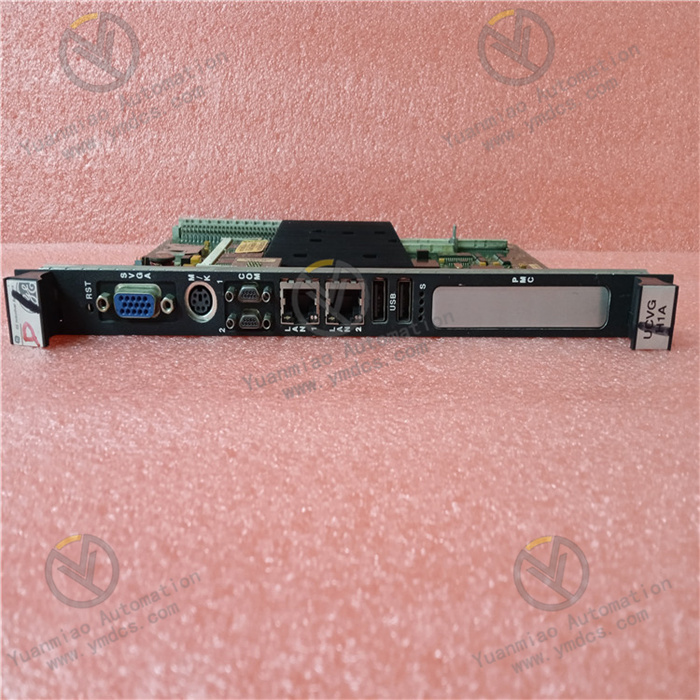
III. Technical Parameters
- Processor: [Specific processor model], main frequency [X] GHz, [X] cores [X] threads
- Memory: Supports up to [X] GB DDR [X] memory, flexibly expandable as needed
- Storage: Built-in [X] GB solid-state drive, supports external storage device expansion
- Interfaces:
- Ethernet interfaces: [X] units, supporting 10/100/1000Mbps Ethernet
- Serial ports: [X] units, supporting RS-232/422/485 standards
- USB interfaces: [X] units, USB [X.X] standard
- PCIe interfaces: [X] units, supporting PCIe [X.X] standard
- Operating temperature range: -40°C to +85°C
- Storage temperature range: -55°C to +100°C
- Power supply: Supports [specific power specifications, such as 24VDC±10%]
IV. Working Principle
When the VMIVME-7666-111000/350-017666-111000 C is connected to the system, the external power supply first enters the board's power management module, which is converted and stabilized to provide a stable working voltage for each component of the board. Data generated by external devices or sensors is transmitted to the board through the corresponding interface (such as Ethernet, serial port, etc.) according to the interface type.
After the processor on the board receives the data, it analyzes, calculates, and processes the data according to preset programs and algorithms. During data processing, memory serves as a temporary storage and data exchange space, working in conjunction with the processor to achieve fast data access and improve processing efficiency. After processing, if the data needs to be stored, it is written into the built-in solid-state drive; if it needs to be transmitted to other devices or systems, it is sent through the corresponding interface.
Meanwhile, the board communicates with other VME modules through the VME bus to achieve data sharing and collaborative work. The built-in monitoring module of the board real-time monitors the operating status of each component, including key parameters such as temperature, voltage, and fan speed. Once an abnormal condition is detected, it immediately triggers the fault diagnosis mechanism, sends alarms through indicator lights and management software, and processes them according to preset strategies, such as switching redundant components and reducing system operating load, to ensure stable and reliable system operation.
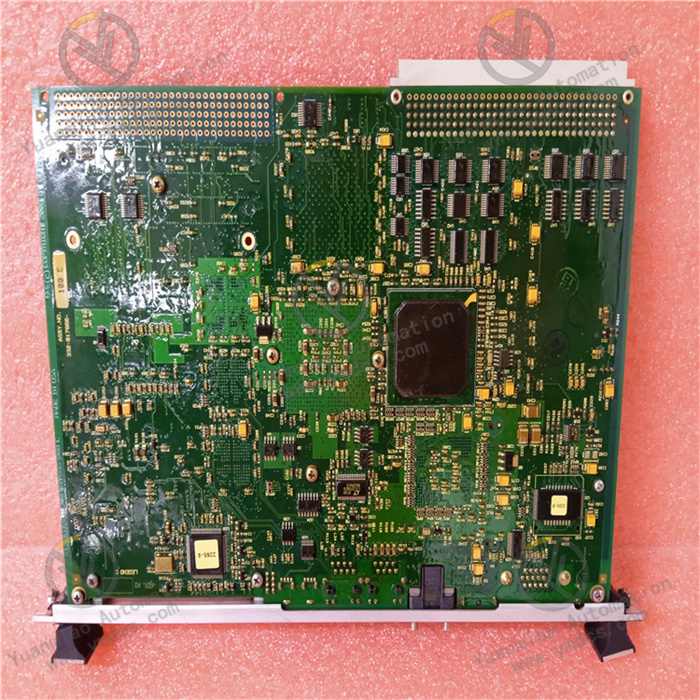
V. Common Faults and Solutions
- Failure to Power On
- Fault phenomenon: After powering on, the board shows no response, the indicator light does not turn on, and the system cannot start.
- Solutions: First, check whether the external power supply is normal and whether the power connection cable is loose or damaged to ensure that the power input meets the board's requirements; then check the power module on the board for obvious signs of damage such as bulging capacitors or burned components, and replace the damaged power module if any; if the power module is normal, try resetting the board; if the problem still persists, it may be that other key components on the motherboard, such as the processor or memory, are faulty, and professional maintenance personnel should be contacted for detection and repair.
- Abnormal Data Transmission
- Fault phenomenon: When transmitting data through the interface, problems such as data loss, errors, transmission interruptions, or abnormally slow transmission speed occur.
- Solutions: If using an Ethernet interface, check whether the network cable connection is firm, and try replacing the network cable or network device (such as a switch or router) for testing; check whether the network configuration is correct, including parameters such as IP address, subnet mask, and gateway; for serial communication, check whether the serial cable is normal, and confirm that the serial communication parameters (such as baud rate, data bits, stop bits, parity bit, etc.) are consistent with external devices; if data transmission problems occur with PCIe interface expansion devices, check whether the expansion card is correctly installed and whether the driver is correctly installed, and reinstall the driver or replace the expansion card if necessary. In addition, check for electromagnetic interference and ensure that the board and connection cables are kept away from strong electromagnetic sources.
- Unstable System Operation
- Fault phenomenon: Unstable phenomena such as system freezes, frequent restarts, program operation errors, or unexplained crashes occur during system operation.
- Solutions: Check whether the system temperature is too high, ensure good heat dissipation of the board, clean the dust on the radiator and fan, and replace the cooling fan if necessary; use professional memory detection tools to check for memory faults, and replace the memory if problems are found; investigate whether there are software conflicts, and uninstall recently installed incompatible software; check the working status of the processor to see if there is overheating or performance degradation; if the above operations are ineffective, it may be that the motherboard or other key hardware is faulty, and further detection and repair are required.
- VME Bus Communication Failure
- Fault phenomenon: The board cannot communicate normally with other VME modules, data cannot be shared, or frequent interruptions and errors occur during communication.
- Solutions: Check whether the VME bus connection is firm, and ensure that the board is correctly inserted into the VME slot with good contact; check whether the VME bus cable is damaged, and replace it in time if damaged; check whether the VME bus address setting is correct to ensure that the addresses of each module do not conflict; check whether the terminal resistance configuration of the VME bus is correct; if the problem still exists, it may be that the VME bus interface circuit of the board is faulty, and professional personnel should be invited for maintenance. The faulty board can be determined by the replacement method, and the problem can be gradually investigated.


